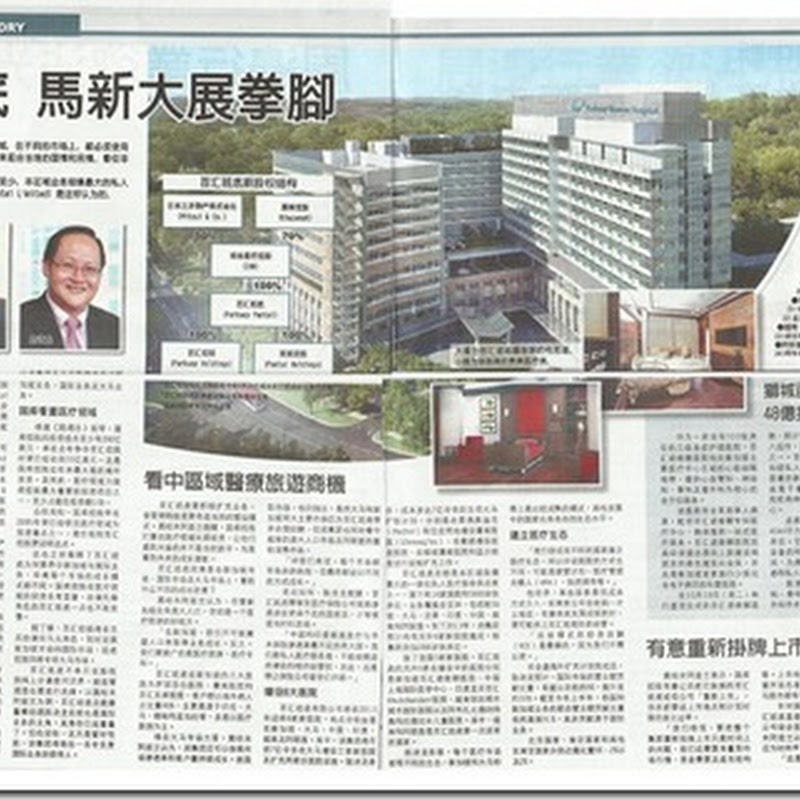The company would be a prime beneficiary of a recovery in demand for high-end properties.
DNP’s RM1.5 billion launch-ready projects around KLCC puts the company in a good position to ride the recovery in the luxury property market. The company can leverage on its Singapore-listed parent Wing Tai Holdings Ltd’s blue-chip status, strong brand name, and global marketing network.
High-end sales are picking up. 75 units of Verticas condos at Bukit Ceylon have been sold to date, with average selling price (ASP) rising to RM950 to RM1,000 per sq ft (psf) from RM850 to RM900 psf in July 2009. Including Tower C, sold en-bloc earlier, take-up reached 45% without tapping into Wing Tai’s Singapore stronghold.
70% to 80% of buyers were locals. DNP’s upcoming launches include U-Thant condos which has 25 units with ASP of RM1,000 to RM1,200 at the end of this year (2009).
Meanwhile, its 197 units of KLCC luxury condo units with ASP of more than RM2,000 psf are scheduled to be launched in 2010.
DNP also recently roped in Tesco to its acquisition of 15 acres of Seberang Prai township for RM35 psf.
The company is also on the lookout for new landbank in the Klang Valley. This would be supported by its strong balance sheet with only 9% net gearing.
DNP’s investment property at Ampang, Lanson Place Condo 8 which sits on a piece of 3-acre land, has redevelopment potential following the recent relaxation on density limit in the area. The gross development value (GDV) could reach about RM300 million.
Wing Tai expects non-Singapore operations to expand to 40% of total assets over time, from 30% currently (Malaysia: 12%).
Meanwhile, DNP will transform ala Wing Tai into a niche high-end developer, with RM1.5 billion to RM1.8 billion worth of projects in KL and RM600 million in Penang.
DNP aimed to exit the garment manufacturing business within three years, while it continues to expand its retail arm that has provided steady earnings and cash flow.
DNP is among the cheapest Malaysian property counters. It is trading at only 0.7 time P/BV and 0.4 time P/RNAV, versus mid-cap sector average’s 1.1 times and 0.6 time respectively, despite having one of the strongest earnings growth in the sector, with three-year compound annual growth rate of 67%.
荒谬的GDP!
-
若一个国家以一年财政收入为基础來借贷,它可能是佔收入的30%至50%。例如美国2024年收入是4,9万亿美元,再借1,8万亿美元。那是入不敷出,赤字高达36%。但它们就以GDP
29.2万亿美元为基础,那只是6%。
以上只是一个比例,其实全世界政府都这样做。
大家想一想,若一个家庭五口,有二人工作。以GDP...
21 hours ago





















































No comments:
Post a Comment